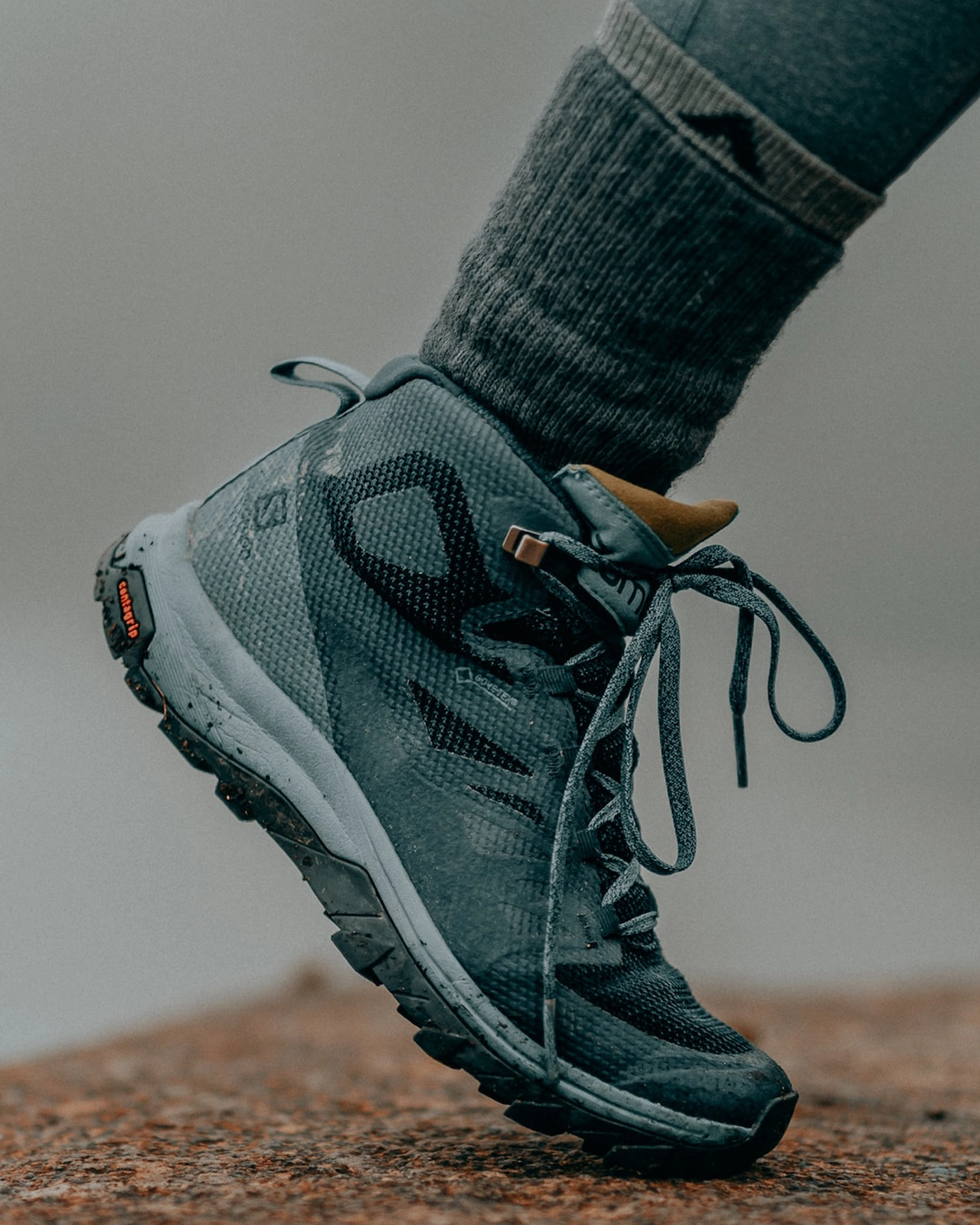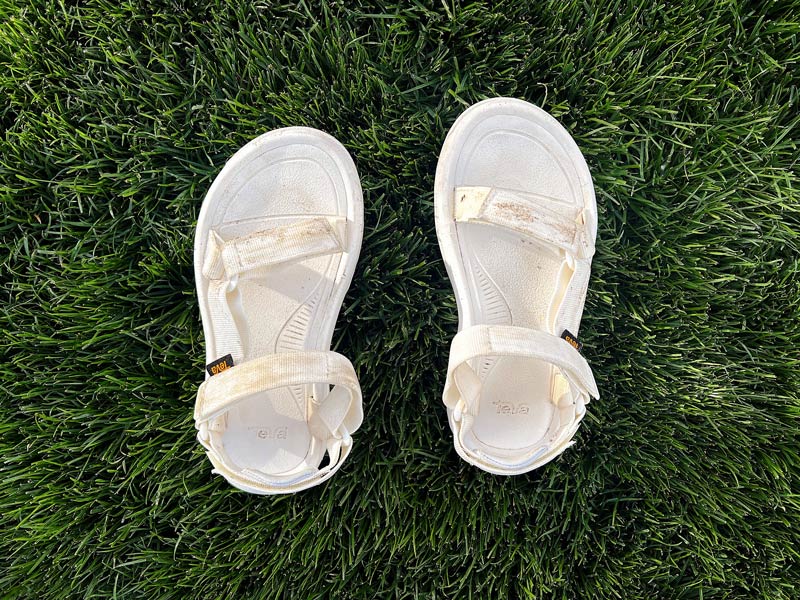
When hiking, having the right pair of shoes is essential for a comfortable and enjoyable outdoor adventure. As a woman hiker, you’ll find a wide range of options available, each tailored to specific needs and preferences. In this article, we’ll decode the diverse range of women’s hiking shoes, from trail runners to hiking boots, so you can make an informed decision about which shoe is best suited for your hiking endeavors.
Trail Runners: Lightweight and Agile
Trail runners are lightweight, athletic shoes designed for speed and agility on the trails. They are an excellent choice for women who prefer a more nimble and athletic hiking experience. Here’s what sets trail runners apart:
When to Use: Trail runners are perfect for day hikes on well-maintained trails or for those who prefer a faster pace. They excel in dry conditions and moderate terrain.
Key Features: Trail runners have a lightweight construction, breathable uppers, and cushioned midsoles. They provide ample support and shock absorption, keeping your feet comfortable during long hikes.
Advantages: The lightweight nature of trail runners minimizes fatigue, allowing you to move swiftly along the trail. They offer good traction and flexibility, making them suitable for various trail conditions. Their athletic design also makes them versatile for running or other active outdoor activities.
Limitations: While trail runners are great for agility and speed, they may not provide as much ankle support as hiking shoes or boots. Therefore, they are not recommended for rugged terrains or trails with uneven surfaces that require additional stability.
Hiking Shoes: The Perfect Balance
Hiking shoes strike a balance between comfort and support, making them a versatile choice for women hikers. Let’s explore the two main types: low-cut hiking shoes and mid-cut hiking shoes.
Low-cut Hiking Shoes
When to Use: Low-cut hiking shoes are ideal for day hikes or backpacking trips on well-established trails in dry conditions. They are suitable for moderate terrain and offer greater mobility and breathability.
Key Features: Low-cut hiking shoes resemble athletic shoes with sturdy outsoles and good traction. They often have cushioned insoles for added comfort. The lightweight design reduces fatigue and allows for quicker movement.
Advantages: These shoes provide freedom of movement and are comfortable for long hikes. They offer good traction on well-maintained trails and are versatile enough for other outdoor activities. The lightweight design helps hikers conserve energy.
Limitations: Low-cut hiking shoes provide less ankle support compared to mid-cut or high-cut boots. They may not be suitable for rugged terrains or trails with uneven surfaces that require additional ankle stability.
Mid-cut Hiking Shoes: Ankle Support and Stability
When to Use: Mid-cut hiking shoes are a suitable choice for longer hikes, rugged terrains, and trails that require extra ankle support and stability.
Key Features: Mid-cut hiking shoes have a higher collar around the ankle, providing enhanced support and reducing the risk of twists or sprains. They often feature reinforced toe caps and heel support for added protection.
Advantages: These shoes offer a balance between flexibility and ankle support. They provide stability on challenging trails and protect against rocks, roots, and debris. Mid-cut hiking shoes are ideal for those who prioritize ankle stability and protection without the bulkiness of high-cut boots.
Limitations: While mid-cut hiking shoes offer more ankle support than low-cut options, they may not provide the same level of protection and stability as high-cut hiking boots in extremely rough or steep terrains.

Hiking Boots: Unmatched Support and Durability
Hiking boots are designed for hikers tackling rough terrain or carrying heavy backpacks. Let’s explore two main types: high-cut hiking boots and waterproof hiking boots.
High-cut Hiking Boots
When to Use: High-cut hiking boots are best suited for long-distance backpacking trips, multi-day hikes, or rugged terrains with uneven surfaces that require maximum ankle support and stability.
Key Features: These boots have tall shafts that provide unparalleled ankle support and protection. They feature rugged outsoles with deep lugs for optimal traction on challenging terrains. The uppers of high-cut hiking boots are made from durable materials that protect your feet from rocks, debris, and harsh weather conditions.
Advantages: High-cut hiking boots offer exceptional ankle support, reducing the risk of ankle twists and providing stability on steep ascents or descents. They provide excellent protection for your feet and ankles in rough and unpredictable terrains. The durable construction ensures longevity, making them a reliable option for long-term use.
Limitations: High-cut hiking boots are typically heavier and less flexible compared to other types of hiking shoes. They require a break-in period to ensure a comfortable fit. These boots may not be necessary for casual day hikes on well-maintained trails where ankle support isn’t a primary concern.
Waterproof Hiking Boots: Conquer Wet Conditions
When to Use: Waterproof hiking boots are essential when hiking in wet or muddy environments, such as rainy climates or trails with water crossings.
Key Features: These boots are equipped with waterproof membranes or coatings that keep your feet dry and comfortable even when walking through puddles or rain-soaked terrain. They often have sealed seams and gusseted tongues to prevent water from seeping in. The outsoles provide reliable traction on wet surfaces.
Advantages: Waterproof hiking boots keep your feet protected and dry in damp conditions, ensuring comfort throughout your hike. They are ideal for hikes involving water crossings or trails with unpredictable weather. The waterproof feature also adds an extra layer of insulation in colder climates.
Limitations: Waterproof hiking boots may not be as breathable as non-waterproof options, which can lead to moisture buildup inside the boots during extended use. Additionally, the waterproofing feature adds weight and may increase the cost of the boots.

Hiking Sandals: Breathable and Versatile
Hiking sandals offer a unique alternative to traditional hiking shoes, providing breathability and freedom for your feet while still offering traction and foot protection. Here’s a closer look at hiking sandals:
When to Use: Hiking sandals are ideal for hot and dry climates, as well as shorter hikes or as a backup option during water crossings. They are versatile for various outdoor activities, such as beach hikes, river walks, or casual day hikes on well-maintained trails.
Key Features: Hiking sandals are designed with open-toe or strappy designs to allow airflow and keep your feet cool. They have durable outsoles with traction patterns that provide grip on different surfaces. The footbeds are often cushioned and contoured for comfort and support.
Advantages: Hiking sandals are incredibly breathable, making them comfortable in warm weather conditions. They are lightweight and allow for natural movement of the feet. The open design allows for quick drying if they get wet, making them suitable for water-based activities. Hiking sandals are also convenient for travel, as they can serve as both hiking footwear and casual sandals.
Limitations: Hiking sandals offer less protection and support compared to other types of hiking shoes. They are not suitable for rugged terrains or trails with sharp rocks or uneven surfaces that require more foot coverage and stability. Additionally, they do not provide insulation in colder climates.
Hiking sandals can be a great addition to your hiking footwear collection, offering breathability and versatility for certain hiking scenarios. They are particularly suitable for hikes in hot and dry environments or when water crossings are expected. However, it’s important to assess the trail conditions and terrain before deciding to wear hiking sandals to ensure they are appropriate for the level of protection and support you need.
By understanding the range of women’s hiking shoes available, from trail runners to hiking boots and hiking sandals, you can select the footwear that suits your needs and preferences. Trail runners offer lightweight and agile performance, low-cut and mid-cut hiking shoes strike a balance between comfort and support, hiking boots provide unparalleled ankle support and durability, and hiking sandals offer breathability and versatility for specific hiking scenarios.
Remember to consider factors such as trail conditions, duration of hikes, and personal preferences when choosing your hiking shoes. Trying on different models and prioritizing comfort, fit, and quality will help you invest in the right pair of hiking shoes that will enhance your hiking experiences and keep your feet happy on the trails. Happy hiking!






